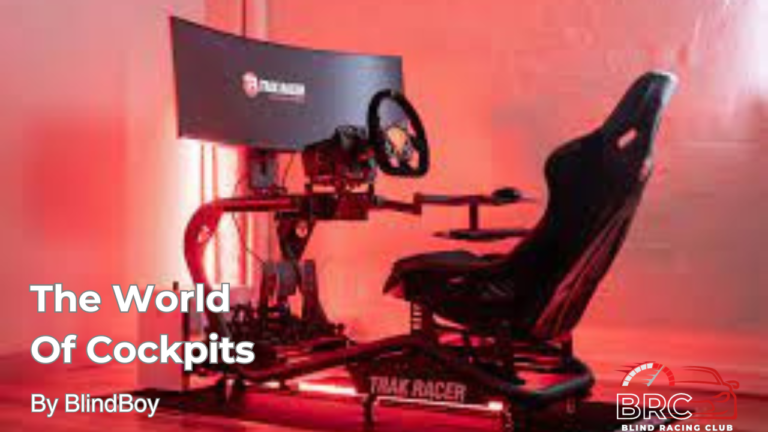Let’s Talk Sim Cockpits
With many of us becoming more immersed in racing since the launch of Forza Motorsport, there have been discussions about acquiring wheel and pedal setups. However, one aspect that some people overlook is the need for a sturdy mounting solution. In the case of many Direct Drive wheels, something robust is essential. There are various options available when it comes to sim cockpits and stands. In this article, we’ll provide a brief overview of the different types and discuss some pros and cons.
Wheel Stands
Wheel stands can be a good option for those who are unsure of how deeply they’ll delve into sim racing, as they are typically budget-friendly and don’t occupy much space. The market is flooded with wheel stands, making it challenging to determine the best fit. Some wheel stands, like the GT Omega Apex and the Next Level 2.0, can be upgraded to accommodate racing seats in the future. The Trak Racer FS3 is also well-regarded for its sturdiness.
Pros:
- Budget-friendly
- Space-efficient
- Some offer upgrade paths
- Easy assembly
Cons:
- Often made from inexpensive materials
- Prone to flexing with higher-end wheel bases
Tubular Frame Cockpits
Tubular frame cockpits can be among the most visually appealing on the market. With their curved frames, they resemble race car cockpits with roll cages. They require more space than wheel stands since they are all-in-one seat, wheel, and pedal mounting frames. Many come with add-ons for shifters, handbrakes, mouse/keyboard, and monitor/TV mounts directly attached to the frame. There’s a wide range available, with tubular frame cockpits gaining popularity. However, they tend to be more expensive. The Trak Racer RS6, GT Omega Titan, and Playseat Trophy are good entry-level options, while the Trak Racer TR8 PRO is a great choice for higher-end setups.
Pros:
- Aesthetic appeal in any setting
- Upgradeable with numerous add-ons
- Authentic race car feel with adjustable seating positions and tubular frames
Cons:
- Require significant space compared to wheel stands
- Can be pricey
Aluminum Profile Cockpits
Aluminum profile cockpits are by far the most popular in the world of sim racing. Constructed from aluminum profiles, these cockpits offer exceptional strength, minimizing flex when paired with the strongest wheel bases on the market. They’re highly adaptable, featuring channels along the chassis for mounting countless add-ons in various positions. However, they come with a price tag and require significant assembly time. Many options are available from brands like Trak Racer, Next Level, Simlab, and SRT, ranging from entry-level to high-end rigs.
Pros:
- Highly adaptable to individual needs
- Exceptionally strong
- Extensive ecosystem of add-ons
- Excellent cable management
Cons:
- Assembly can be challenging
- Expensive
- Require significant space
- Not always the most aesthetically pleasing
Conclusion
After extensive research into cockpits, it’s evident that each type has its pros and cons. Ultimately, the best choice depends on your preferences and needs, whether you prefer something simple like a stand you can stow away after racing or something more permanent like a tubular or aluminum profile cockpit. For me, tubular cockpits offer an appealing blend of aesthetics, add-on options (though not as extensive as aluminum profiles), ease of assembly, and accessibility for blind or visually impaired individuals.
I hope this brief insight into the world of cockpits has been informative and helpful. Thank you for reading.

